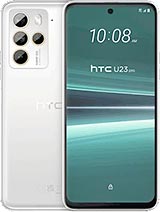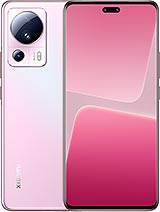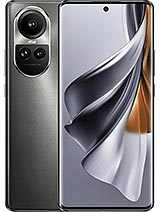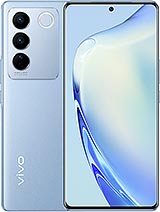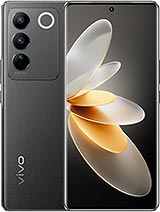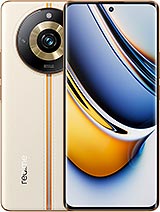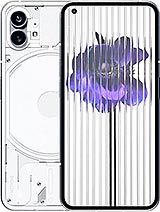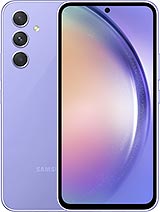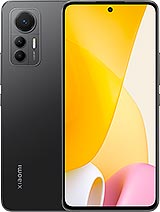vivo V29 review

Unusually high-res 6.78-inch OLED display
One of the unexpected developments on the V29 is its new display. While it is the same diagonal as on the V27, at 6.78 inches, the panel has higher-than-most resolution of 1,260x2,800px, resulting in a 453ppi pixel density, making it sharper than the bulk of panels out there, just short of 1440p high-end models.

Naturally, the panel supports a 120Hz refresh rate. Vivo also advertises up to 2160Hz pulse-width modulation for dimming, so even those sensitive to flickering should be perfectly okay. HDR10+ support is also on the list.
When it comes to brightness, we measured just shy of 1,000nits when the phone is under bright light and the adaptive brightness takes charge, while the manually available brightness at the rightmost end of the slider is 537nits. Both are obviously excellent results and you won't be starved for nits on the V29.
Color accuracy
There are three color modes on the vivo V29 - the out-of-the-box Standard, Pro, and Bright. Both Standard and Bright deliver a wide color gamut, while the Pro mode is limited to covering the narrower sRGB color space.
In Standard mode, we got relatively good color fidelity when examining DCI-P3 test swatches. As is all too common, the white point and the grays were a little shifted towards blue, but switching to the 'Warm colour' preset below the color temperature wheel makes for a nearly perfect rendition. Bright mode doesn't strive for color accuracy and instead gives you an overtly vivid output - ideal if you like the OLEDs of old.
Pro mode, meanwhile, was essentially spot on for the sRGB test swatches.
HDR and streaming
The V29 comes with an HDR10+ certified display and Widevine L1 DRM support. Both YouTube and Netflix serve HDR versions of supported content.
Refresh rate
The vivo V29 screen's refresh rate maxes out at 120Hz. Hardware scanning apps detect support for three fixed steps - 60Hz, 90Hz, and 120Hz. Three modes are available in settings - 60Hz, 120Hz, and Smart Switch.

The 60Hz option is straightforward - the phone always uses 60Hz refresh rate and all apps are capped at 60fps.
The Smart Switch option will essentially maintain 90Hz across the UI when you're interacting with the phone, but will switch down to 60Hz when idling, or when you open an app - any app.
The 120Hz mode maxes out at the nominal refresh rate, but will switch to 60Hz when idling, for video playback apps (including when scrolling through the UI), and incompatible apps like Google Maps and the Camera app. Games are also capped at 60Hz, though when in 120Hz mode you can enable the max refresh rate on a per app basis, games included.
vivo V29 battery life
The V29's battery capacity is the same as on the V27, at 4,600mAh. A whole bunch of things are different here, however, most importantly the chipset and display resolution, so we weren't quite sure what to expect from the new model in terms of longevity. The results did turn out slightly worse in certain metrics, but it's not looking bad overall.
In the screen-on tests, the V29 couldn't quite match the V27. It fell four and a half hours short of the V27's video playback result, but we'd say 18 hours is a pretty solid outcome nonetheless. Similarly, the nearly 16 hours of Wi-Fi web browsing are pretty great, if not quite the 19-hour score of the V27. At just 1h shorter, the 32:26h voice call test result of the V29 is still excellent. The less-than-stellar standby efficiency doesn't help either - we got some 40% less here than the V27's standby hours.
In the end, the vivo V29 scored an overall Endurance rating of 99h - dramatically lower than the V27's 134h, but not too bad all things considered.
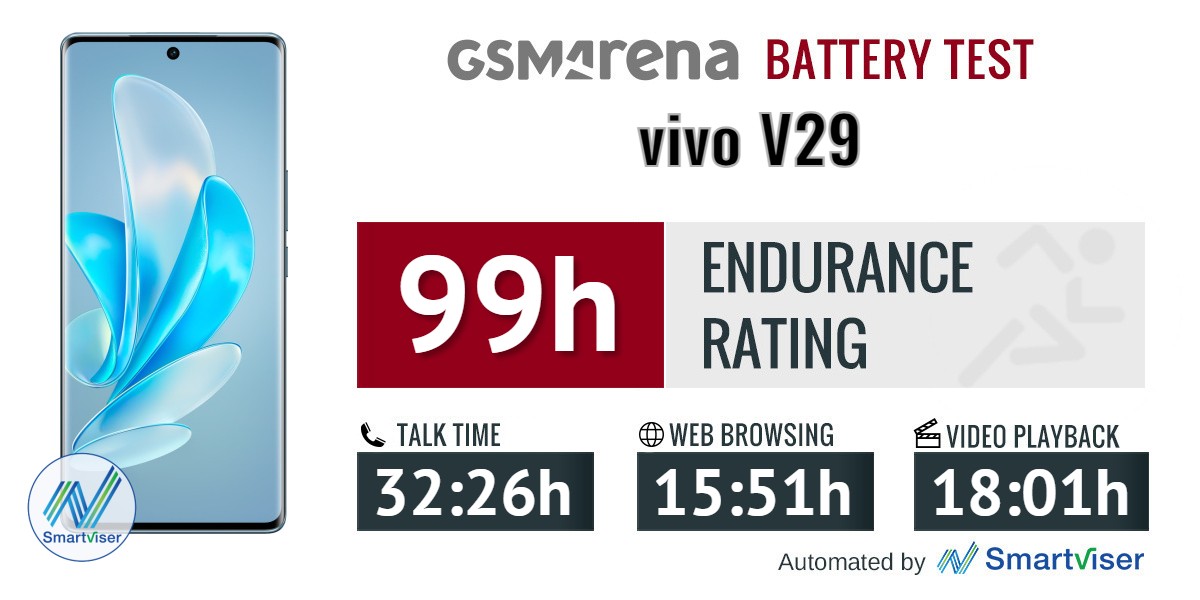
Our battery tests were automated thanks to SmartViser, using its viSerDevice app. The endurance rating denotes how long the battery charge will last you if you use the device for an hour of telephony, web browsing, and video playback daily. More details can be found here.
Video test carried out in 60Hz refresh rate mode whenever possible. Web browsing test done at the display's highest refresh rate whenever possible. Refer to the respective reviews for specifics. To adjust the endurance rating formula to match your own usage - check out our all-time battery test results chart.
Charging speed
The vivo V29 specs list a maximum charging rate of 80W and it ships with a charger of the same maximum rating. That's somewhat different from the previous generation, which only listed 66W charging capability, even though it was the same 80W adapter in the box. All these ratings don't necessarily translate into charging speed, so specsheets should normally be treated with some degree of skepticism.

For example, despite the 80W rating being obviously higher than 66W, the V29 doesn't charge quite as fast as the V27 - it's not a huge difference, but it's a difference in the opposite direction than what you'd expect. vivo says the V29 should be able to get from 1 to 50% in 18 minutes and we did confirm that. But 30 minutes got us to 77% and we were looking at 82% on the V27. The V29 did get to 100% 2 minutes faster than the V27, so there's that.
All things considered, the vivo V29 still charges faster than what we'd consider its competitors - the Nothing Phone (1) and the Pixel 7a are particularly sluggish to 100%, and while the Galaxy A54 is almost keeping up with the V29 in that metric, none of these three are as quick in the early stages of the process.
Speaker test
The complained a bit about the V27 not having stereo speakers, and we'll be forced to extend those complaints to the V29 as well. It has almost become a given in this price range and it seems only vivo is still sticking to a single speaker configuration and we're not okay with that.
 Single speaker on the bottom
Single speaker on the bottom
In our testing, the V29 placed in the same 'Average' category as the V27 in terms of loudness, again lagging behind the competition. It's got a bit better defined treble than the V27, but not quite as much presence in the low region. The Galaxy A54 is vastly superior in terms of sound quality and both the Pixel 7a and the Phone (1) are at least a little better in one way or another than the vivo.
Use the Playback controls to listen to the phone sample recordings (best use headphones). We measure the average loudness of the speakers in LUFS. A lower absolute value means a louder sound. A look at the frequency response chart will tell you how far off the ideal "0db" flat line is the reproduction of the bass, treble, and mid frequencies. You can add more phones to compare how they differ. The scores and ratings are not comparable with our older loudspeaker test. Learn more about how we test here.
Reader comments
- Rugan
- 14 Mar 2025
- K1L
Can use I using same fone n e-sim too need to register at Telco customer service to enable e-sim mode.
- Rugan
- 14 Mar 2025
- K1L
Can screenshot use volume button n aso double tab back fone need to set in setting in accessibility.
- Anonymous
- 29 Jul 2024
- YWi
I have the same phone. And you have to press the power button and the volume DOWN button to take a screenshot.
